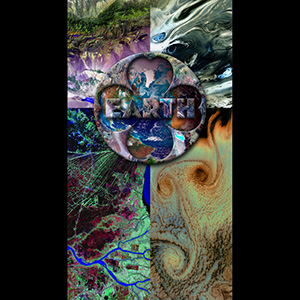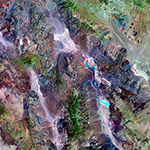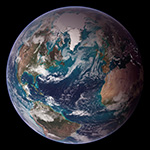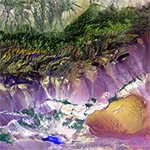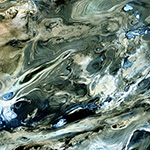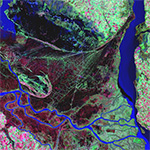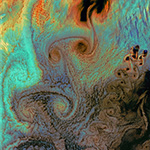|
|
Death Valley National Park (logo fill image) |
|
|
Blue Marble (center image) |
|
|
Bogda Mountains (upper left image) |
|
|
Dasht-e Kevir (upper right image) |
|
|
Parana River Delta (lower left image) |
|
|
Aleutian Islands - Von Karman Vortices (lower right image) |
|
|
|
COPYRIGHT © 2009 by Kevin Conniff − ALL RIGHTS RESERVED |
